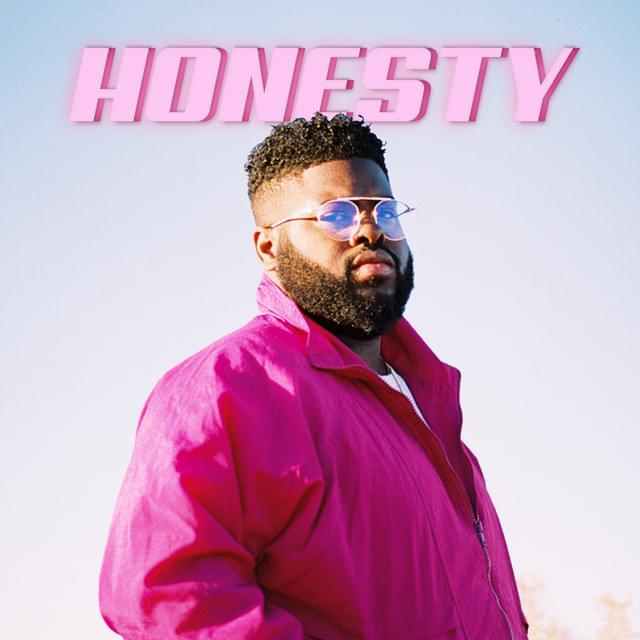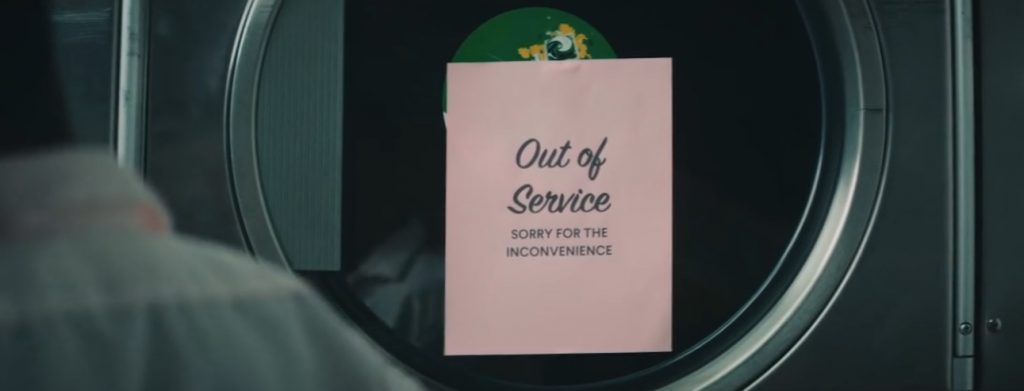
In what seems as a pink wonderland, David Bowden, also professionally known as Pink Sweat$ reflects his past loves through a small business owned laundromat in his music video for his first single “Honesty”. Rising in the R&B community, Pink Sweat$ shines a new light and adds a little color to R&B music starting with this single. Unlike the great R&B classic rough boys, fierce women, who sing and rap about getting lit and having sensual nights, “Honesty” is about his experience of a past relationship and the insecurities it brings, sweet yet in some ways still masculine. The lyrics focus on one main relationship but when looking at the music video, past relationships have cameos all over.
The music video first opens with children playing in the laundromat. A little girl running with her little backpac past two men playing chess introduces the viewers to Pink Sweat$, the employee at the cash register. As the music video continues it can be seen that the cash register is a reflection of his heart. When a woman spills her pink lemonade all over the floor the employee leaves the register. While the employee mops the floor cleaning up the mess with the register, his heart, unattended, the camera then directs itself towards a woman dressed in all pink with a halo of light shining around her imitating the employee’s viewpoint and impression of this customer. It can be seen that he’s into her because the lyrics “I want you” repeat over and over as the camera switches back and forth between the woman in pink and the employee.

The employee continues to go about his business, every customer that seems to pay before they leave are all people of age, no children, no teenagers, representing his past partners. Some end well, thus paying the employee for the laundromat’s service while some end roughly. There’s an argument between the employee and one of the customers resulting in an out of order sign on one of the machines. Symbolizing how he’s been hurt from his past relationships he needs time to work on healing himself and getting over the pain, thus the out of order sign.

Many women wearing vivid colors such as blue and yellow are seen in the laundromat but the woman in pink stands out the most matching the Pink Sweat$ and well, the entire laundromat. Later on in the song, news of a mass robberer appear on a mini television. The robberer represents a woman that goes into relationships feeding off stolen hearts until moving on to the next. With the identity reveal near the end the audience can see that the robber is none other than the woman in pink. She had came into the laundromat and caught the employee’s attention while he was away from the cash register, in other words, watching over his heart. Sneaking right under his nose she ends up robbing him as well just like she did with all the others before him.
Even as her identity is being revealed, the lyrics “I want you” repeat, she is the only person that the camera focuses on when these words play throughout the video. When she robs the cash register the employee is at first surprised but in the end seems more hurt than shocked.

This video depicts so many different types of relationships aside from the one sang in the lyrics, bringing a lot of viewers to be able to relate to this video and connect with the artist. Being able to reminisce on past relationships, dwell in current ones while listening to this song has allowed many viewers to share what they’re going through and with which relationship they connected most with in Pink Sweat$’ Honesty music video.
